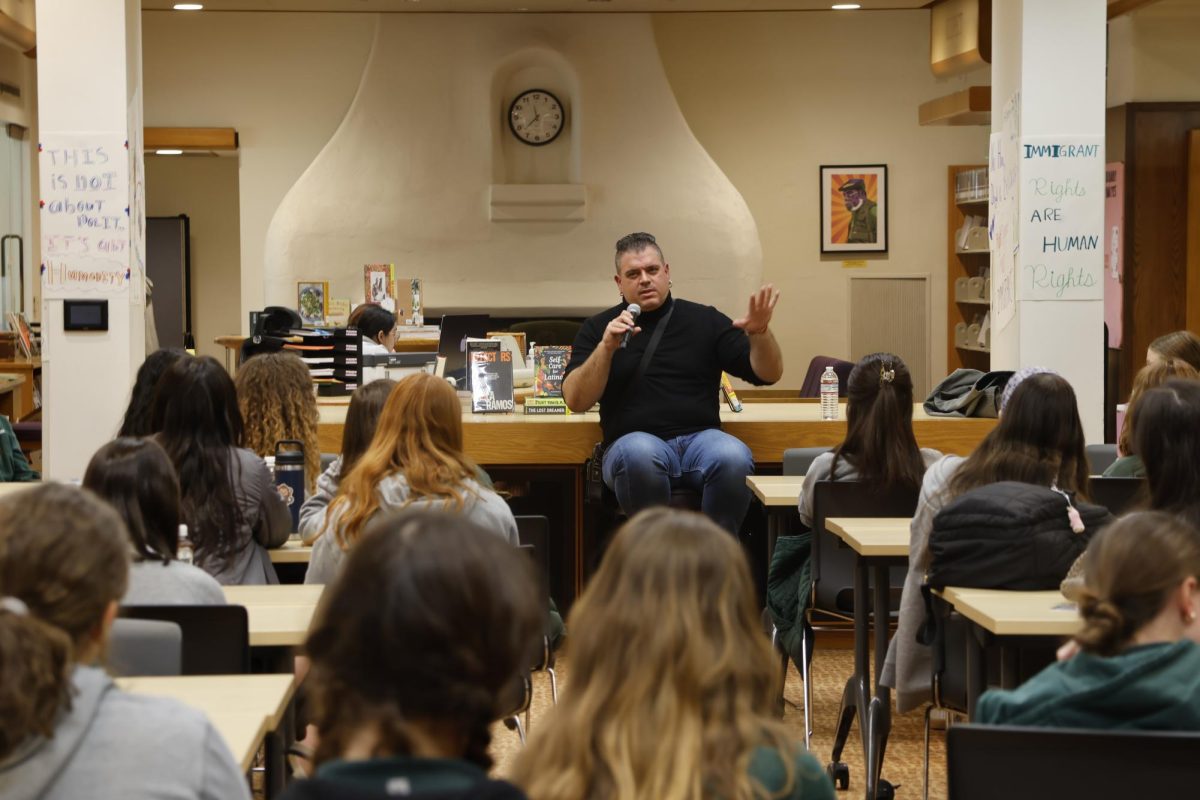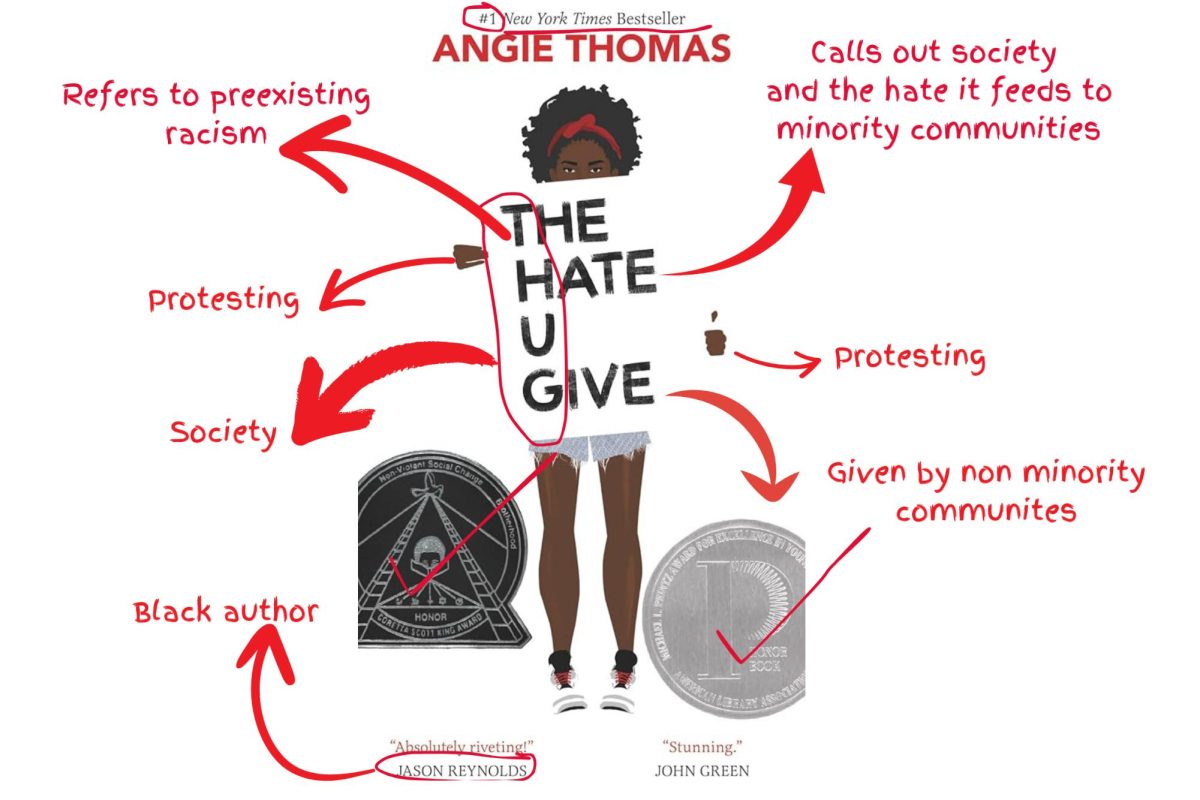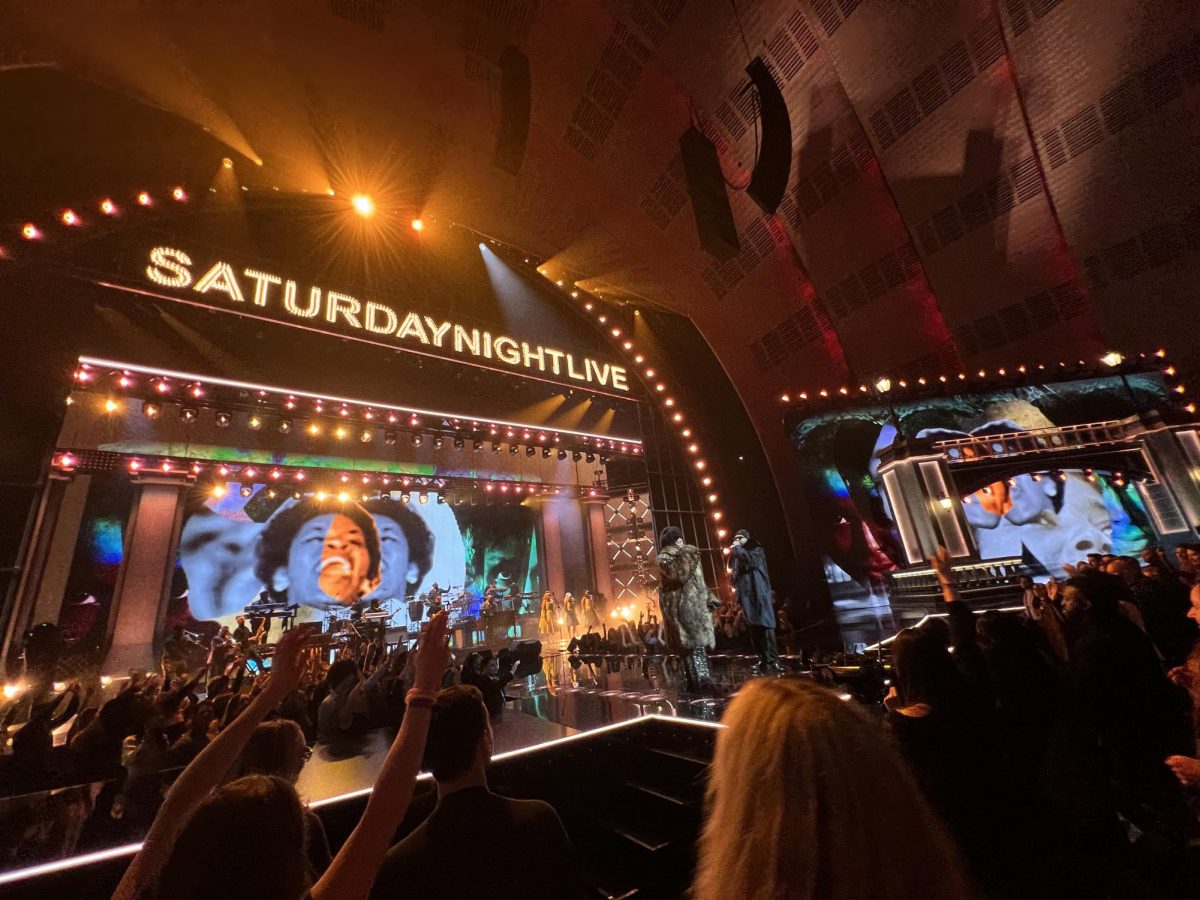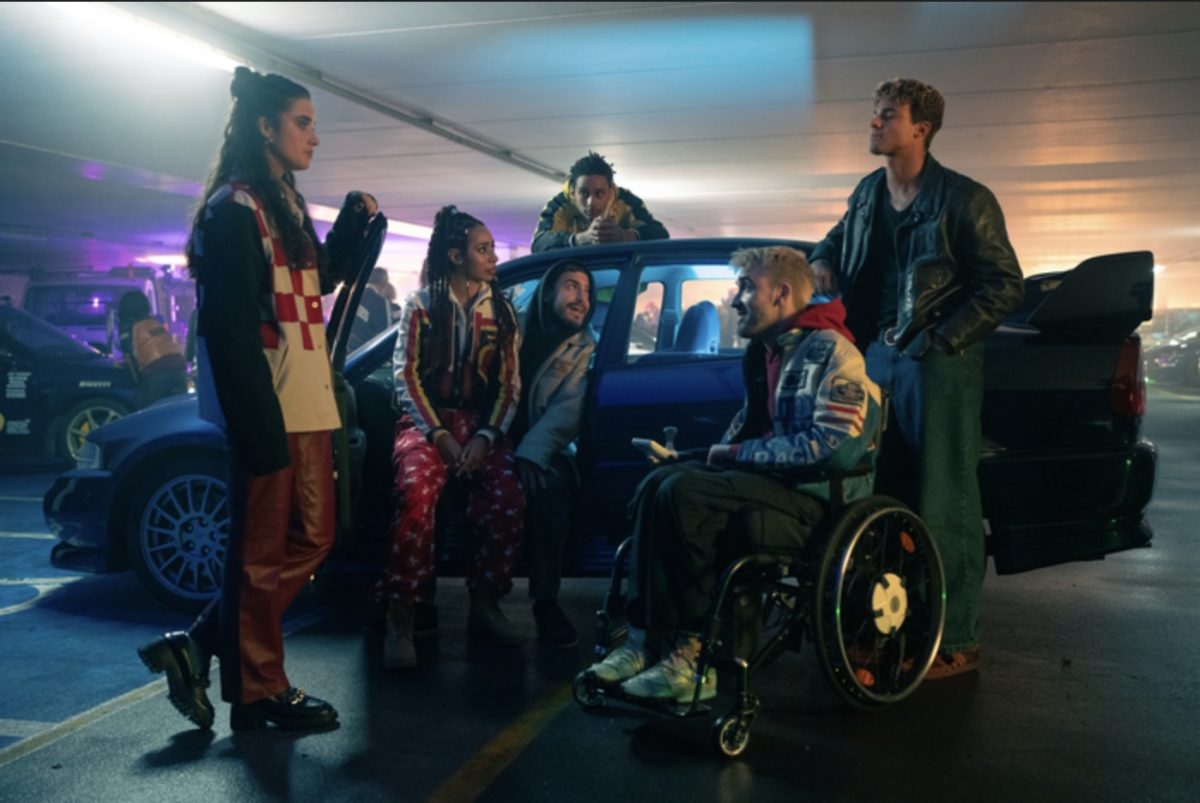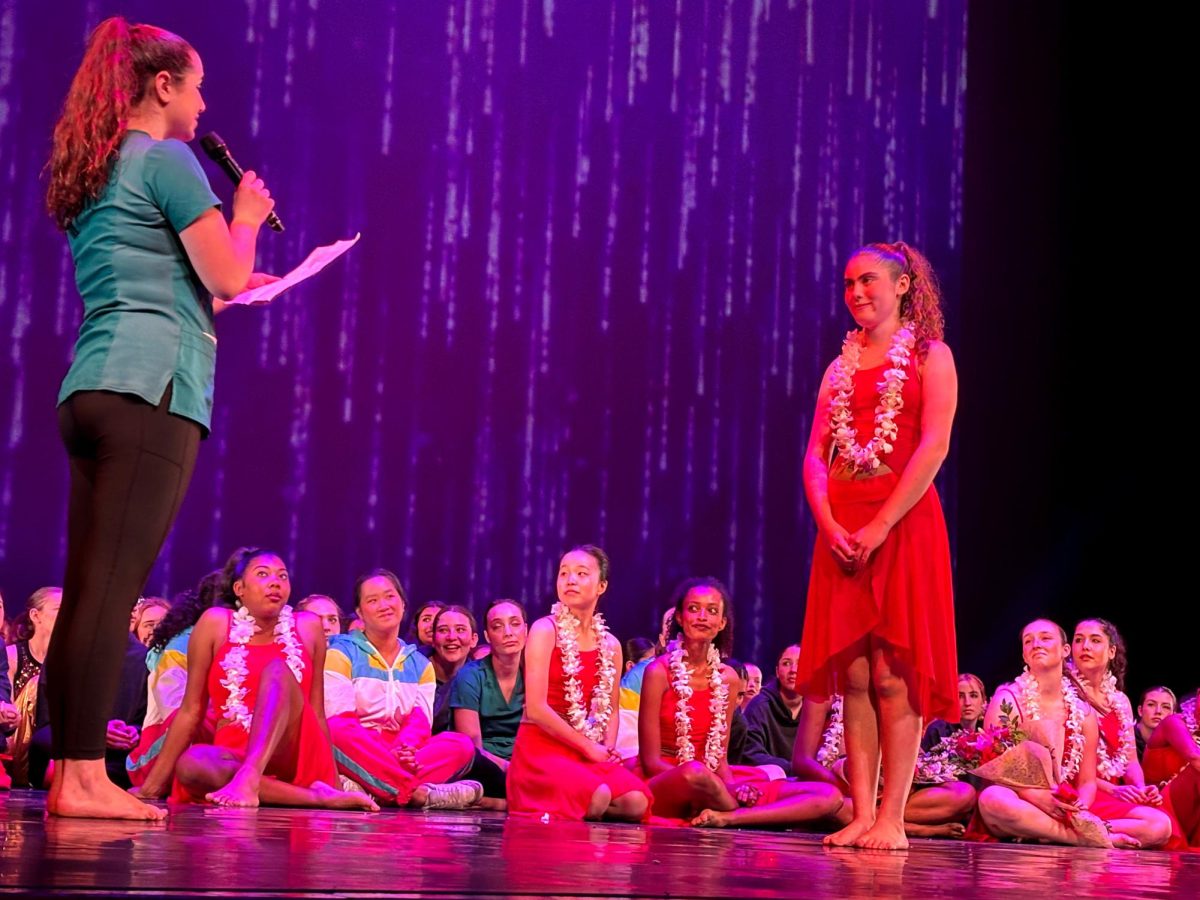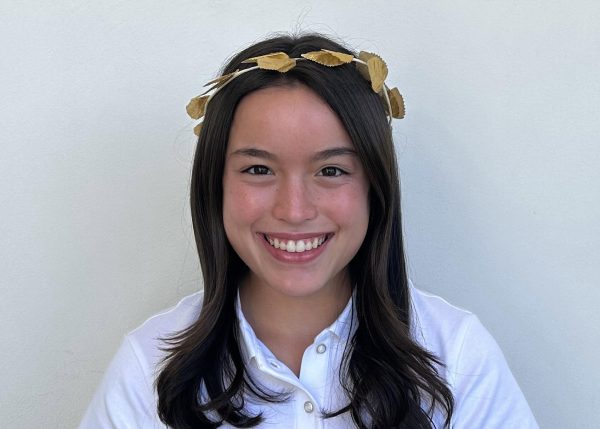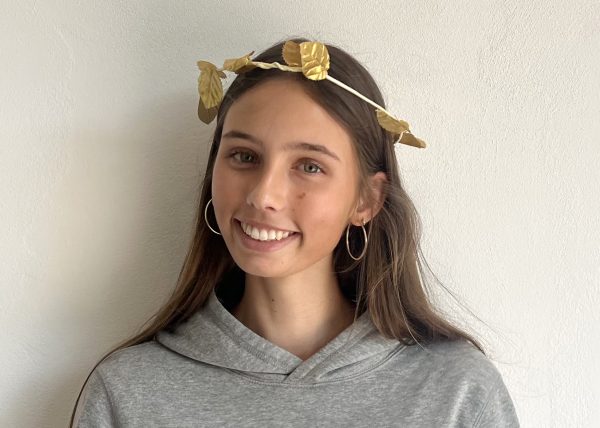Ai Weiwei’s protest art that advocates for democracy and freedom of expression. Elizabeth Catlett’s sculpture that became an important symbol for the Black Power Movement. Fulton Leroy Washington’s oil paintings he created while serving a wrongful life sentence. These are just a few examples of how art can advocate for change across generations, cultures and issues.
In the spirit of the upcoming Art and Activism Month in February, the Eastern Star Gallery’s second show of the year, “Zine,” features political and activist zines by numerous artists, including Eunsoo Jeong. “Zine” opened Wednesday, Jan. 24, during lunch, and will remain on display until Friday, Feb. 9.
Eastern Star Gallery Board member Maddie Lundberg (’24) described zines as “mini magazines” or “pamphlets” viewers can flip through. Lundberg said they and the other Eastern Star Gallery members collaborated with Los Angeles-based photographer and artist Daisy Noemi to curate the show.
Arts teacher Hannah Kremin and Visual Arts Department Chair Marya Alford lead the gallery program. Kremin said Art and Activism Month is a collaboration between the Archer Council of Artists, the Eastern Star Gallery and the Artemis Center that will include events focused on how to use art to make change and find community. According to Kremin, Eastern Star Gallery students curated Noemi’s broader selection of zines and paired them together based on similar concepts.
“It was really exciting because we worked with the head production person for the greater LA Zine Fest, Daisy Noemi, and she curated from her larger zine library that she has from other artists when doing the zine fairs — about 200 zines for us that were kind of curated through looking at an activism lens,” Kremin said. “Since we’re having Art and Activism Month coming up, we kind of wanted to preface it by having a show in the gallery.”
Aligned with the theme of art as activism, Lundberg said they enjoyed curating zines that are diverse in storytelling, the topics they spotlighted and their composition of text and images.
“They range from zines about mental health to political activism, or even just I know a lot of Archer kids also made a bunch of zines that were super cool and had to do with their interests or hobbies, so they can be very specific to who you are, what you identify with or certain causes that you identify with,” Lundberg said. “It’s a really good way to showcase imagery alongside messaging.”
In addition to activism-focused zines, Eastern Star Gallery Board member Echo Meadows (’25) said they were drawn to identity-centered zines. Meadows also emphasized how Eastern Star Gallery students aimed to foster a “safe space” for community members to peruse a wide range of viewpoints.
“I really enjoy being a part of the installation crew because we get to just set everything up and curate how people experience the works, but I think my overall favorite part was just seeing all the different representations within the different zines,” Meadows said. “There’s so many different ways to express yourself, whether it’s colorful and detailed or simple and succinct.”
According to the Eastern Star Gallery press release, zines have a history of contributing to advocacy efforts. For example, in the 1980s and 1990s, “Riot Grrrl zines helped to spread the feminist manifesto and the Black Panthers’ zine-like pamphlets held information like where to get food, recent police activity and other resources for their community.” Similarly, Eastern Star Gallery Board member Sophia Bratman (’24) commented on zines’ character and impact.
“It’s really interesting the power that zines hold, considering their general commentary nature. I think that’s what makes them really beautiful because they take art from this space on paper to the real world, which a lot of art does, but I think specifically zines do that very well,” Bratman said. “I really enjoyed just seeing all the kids come in first for snacks and then really end up coming inside and looking and taking time … finding hidden gems in pages that you wouldn’t have seen if you weren’t drawn to that one and picked it up.”
Kremin also highlighted the interactive nature of the exhibit as a unique element that furthers the zines’ messages.
“Usually it’s like, ‘Don’t touch.’ For this show specifically, we put the rugs in there because we want you guys to sit in there. We want you to take the zines off the wall, off the pedestals, sit in there and just be cozy and read and really engage with the material,” Kremin said. “We really want it to be an immersive experience.”
With “Zine” leading up to Art and Activism Month at Archer, Alford said one of her goals for the month is giving students the space to find a type of activism they are passionate about, expressing that in an artistic form and learning about how this has been done throughout history.
“Sometimes, activism isn’t always standing up and speaking, right? It can be done in so many different forms,” Alford said. “A goal to would be just educating students a little bit … letting them know that activism can come from so many different spaces, and it can be done through your art.”




